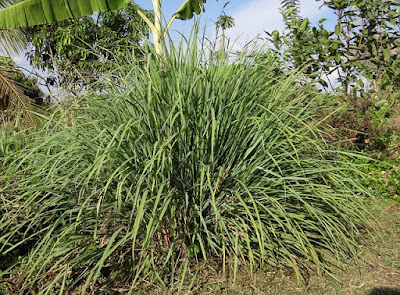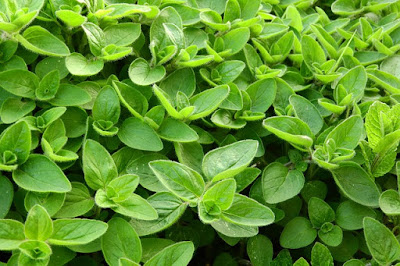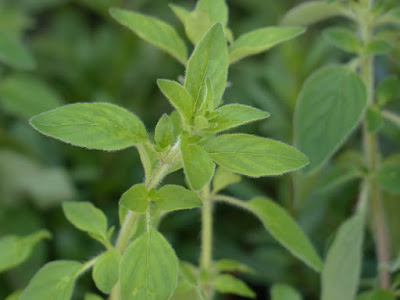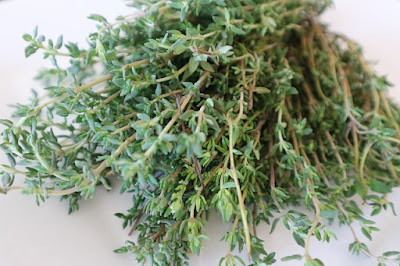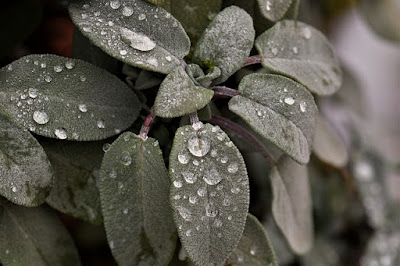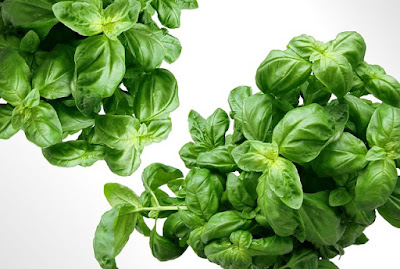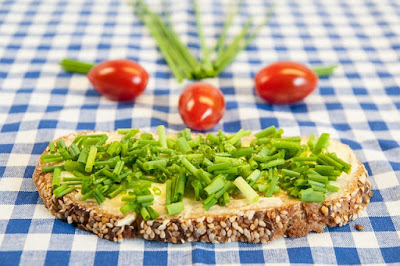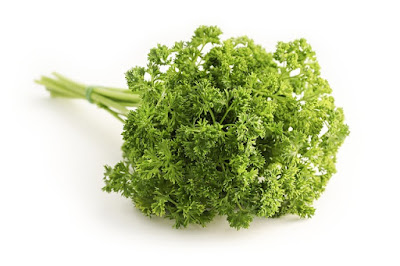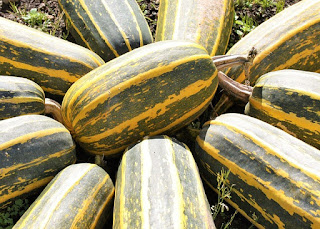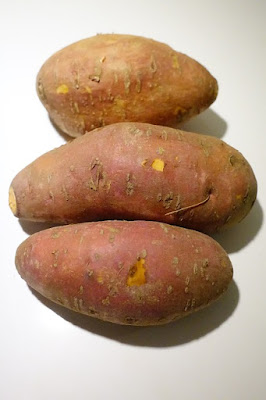The easy guide to coriander
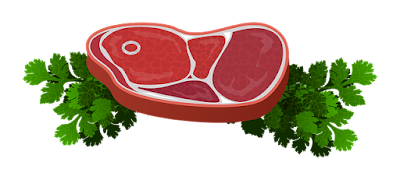
Coriander (Coriandrum sativum) Luke 8:11 Now the parable is this: The seed is the word of God. Also known as cilantro or chinese parsley Its grown for its leaves and seeds It has a distinctive flavour It looks similar to flat leaved parsley It grows up to 60cm(24in) tall It has small white flowers Mature plants have a pleasant aroma Seeds go with curries, fish or pickled fruit Seeds also go with beetroot, celery and cauliflower Seeds are used in pastries, sausages or ground meat Leaves go with salads and soups How to Grow It likes open sun or partial shade It likes rich and well drained soil Sow seed in Spring Space plants 15cm(6in) apart in rows 30cm apart Harvesting Pick leaves when they are young Leaves can be used fresh or frozen See More! The easy guide to Potatoes http://cga777.blogspot.com/2017/11/potatoes-solanum-tuberosum-isaiah-111.html The easy guide to Pumpkins http://cga777.blogspot.com/2018/01
